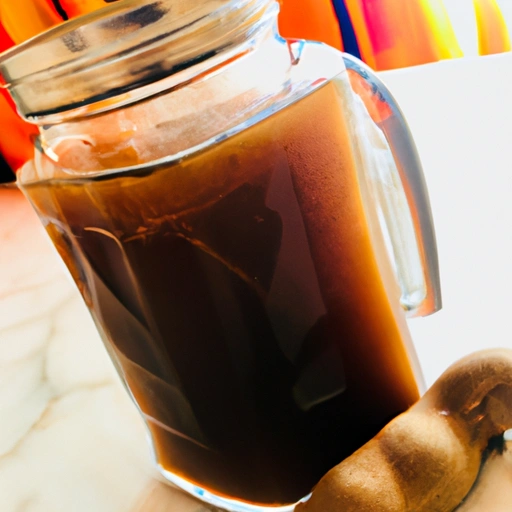Tamarind Juice
Description

Tamarind juice is a sour and slightly sweet liquid extracted from the pulp of the tamarind fruit pod, which is native to Africa but also grown in India, Pakistan, and many other tropical regions. The tamarind tree, scientifically known as Tamarindus indica, is a leguminous tree in the family Fabaceae. The fruit pods contain a sticky, date-like pulp which, when soaked and strained, yields tamarind juice. This juice can be diluted or concentrated and is often used in cooking and beverages, adding a distinctive flavor profile to dishes and drinks.
Common uses
Commonly used in sauces, marinades, drinks, and desserts, tamarind juice imparts a unique tangy flavor that has become a staple in various cuisines worldwide. It is particularly prevalent in Mexican, Indian, Thai, and African cooking.
Nutritional value
Calories
Tamarind juice contains about 239 calories per cup (120 ml/4 fl oz).
Protein
It has approximately 3.36 grams of protein per cup (120 ml/4 fl oz).
Fat
The juice is low in fat, with around 0.72 grams per cup (120 ml/4 fl oz).
Carbohydrates
Rich in carbohydrates, tamarind juice provides around 62.8 grams per cup (120 ml/4 fl oz).
Vitamins
It is a good source of Vitamin B1, B2, B3, and C.
Minerals
Tamarind juice offers minerals such as potassium, magnesium, phosphorus, and calcium.
Health benefits
Consuming tamarind juice may aid digestion, act as a mild laxative, and it is believed to help with managing cholesterol levels. Its vitamin C content also contributes to immune system support.
Potential risks
As with many fruit juices, tamarind juice is high in sugars and should be consumed in moderation. Overconsumption may lead to increased dental cavities, blood sugar spikes, or gastrointestinal discomfort due to its laxative properties.
Common recipes
Tamarind juice is used in a variety of dishes such as Indian chutneys, Thai Pad Thai sauce, Mexican agua fresca, and African stews.
Cooking methods
This ingredient can be used in simmering, braising, and as a base for cold beverages.
Pairing with other ingredients
It pairs well with sweet, spicy, and savory flavors, enhancing meats, vegetables, and even fruits.
Summary
Tamarind juice is a tart, sweet liquid from the tamarind fruit, widely used in various cuisines. With its rich history and diverse applications, this ingredient enriches recipes with its unique flavor. It offers nutritional benefits, but should be enjoyed in moderation due to its natural sugar content. Tamarind juice is a global kitchen staple that serves as a testament to the interconnectedness of world culinary traditions.